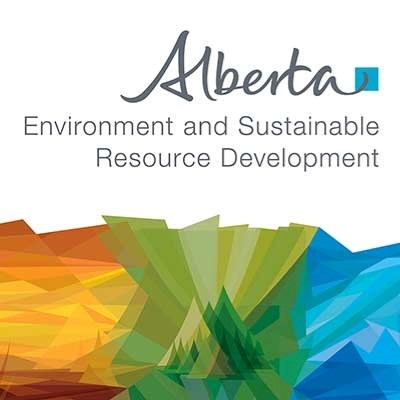In an effort to manage the feral horse population, Alberta Environment and Sustainable Resource Development (ESRD) is distributing permits for a short capture season.
Announced Jan. 21, the ministry has given the go-ahead to trap up to 200 feral horses along Alberta’s eastern slopes.
The capture season will wrap up March 1.
However, the decision has left some wild horse advocates unhappy.
“We were asking the ESRD to consider putting a halt to the trapping this season,” said Bob Henderson, president of the Wild Horses of Alberta Society (WHOAS). “It’s just not needed.”
Henderson said this capture season is unnecessary due to an increase in foal mortality. Between the rainfall of last summer and deep snow in the foothills, he said the growth of wild herds is being controlled naturally. There’s no need to trap the horses and haul them off for mass slaughter, he added.
According to ESRD, the feral horse population is growing quickly.
Carrie Sancartier, spokesperson for ESRD, said the free-range horses are not native to Alberta and have very few natural predators.
In March 2013, an aerial survey located about 980 horses. Many of these wild equines can be found roaming near Sundre, but can also be found in Kananaskis, in the Ghost area, and near Jasper.
After the horses are captured they may be kept by the license holders to become riding or ranch horses, or sold to buyers. In the past, horses have been sold to slaughterhouses.
Henderson said WHOAS would be willing to work with trappers to capture and buy young wild horses, leaving mature equines to roam. The group would then train and re-home the young stock.
“After a few years of managing the population this way, the herd would balance out pretty quick,” he said.
Sancartier said capturing a portion of the horse population should balance the ecosystem and prevent overgrazing in the eastern slopes. The feral horses share the same food sources as the elk, deer and cattle that forage in the same area.
For Edward Bork, Mattheis chair in rangeland ecology and management at the University of Alberta, this is the true reason to manage the free-ranging horse population.
“When people think about this issue, it’s almost always about the horse and not about the habitat,” he said.
“Those grasslands are under pressure from a lot of different users, including deer, elk, horses and recreational users.”
It comes down to allocating the finite resource to satisfy each of the user groups, he said. He added that horses — like elk, deer and cattle — require growth management.
Horse capture licenses are distributed by ESRD for a cost of $200. License holders will be screened by ESRD and RCMP.
The permits specify a particular capture area, as well as a maximum number of horses that may be trapped in that area.




